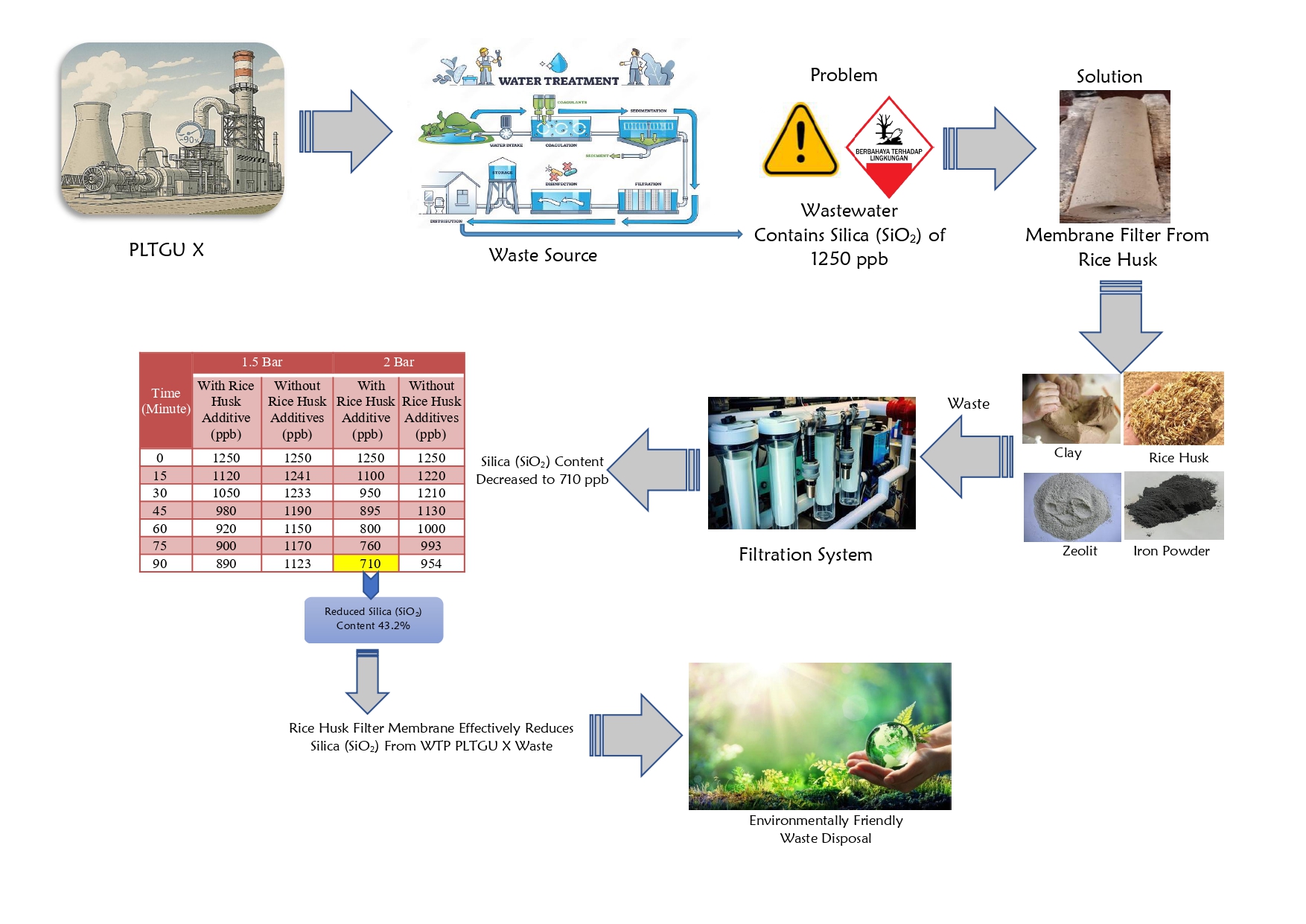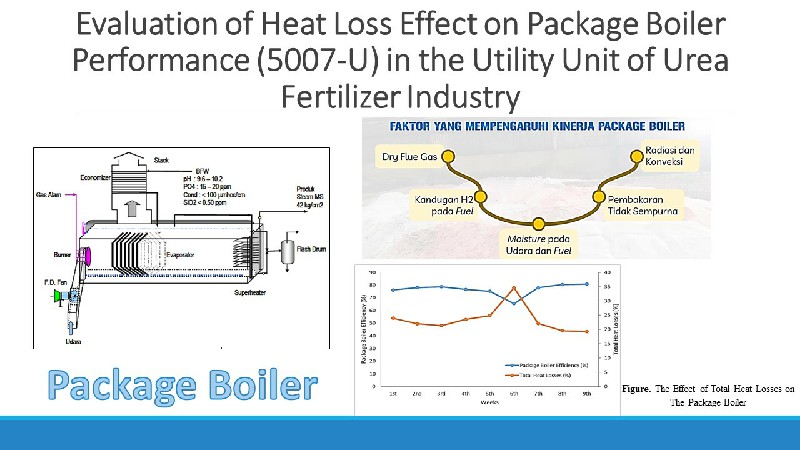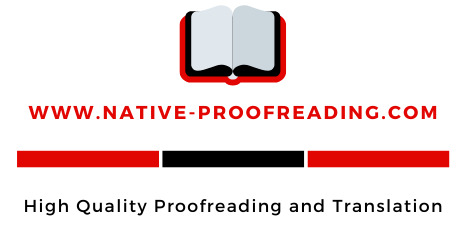Variasi Laju Alir Kondensat Terhadap Rendemen Minyak Atsiri Daun Kemangi Menggunakan Metode Distilasi Steam

Downloads
Distilasi steam merupakan salah satu metode ekstraksi minyak atsiri dengan steam yang dihasilkan berasal dari boiler. Ekstraksi minyak atsiri kemangi berdasarkan perbedaan tekanan uap komponen penyusun tanaman tersebut. Tujuan penelitian ini mengetahui pengaruh variasi laju kondensat terhadap volume kondensat, rendemen, dan karakteristik minyak kemangi yang dihasilkan. Penelitian ini merancang alat Distilasi steam dengan variabel bebas massa kemangi 2 kg, 4 kg, 6 kg dan laju alir kondensat 0,0831 mL/s, 0,329 mL/s, 0,4023 mL/s serta variabel tetap kondisi operasi boiler pada tekanan <1 kg/cm2 dengan temperatur 95 oC dan lama Distilasi 120 menit. Hasil penelitian minyak atsiri kemangi berbentuk cair, berwarna kuning, rasanya kelat dan berbau khas kemangi, massa jenis 0,9524 g/mL, indeks bias 1,4622, kelarutan dalam alkohol 95% 1:1, bilangan asam yang di dapat 0,6067 mgKOH/g. Karakteristik ini masih memenuhi standar yang di tetapkan Essential Oil Association (EOA) hanya indeks bias yang masih dibawah paremeter EOA. Volume kondensat paling banyak 2.886,20 mL pada massa kemangi 2 kg, dengan rendemen sebesar 0,1155% pada laju alir kondesat 0,4023 mL/s.
Downloads
Abed, K. M., Kurji, B. M., & Abdulmajeed, B. A. (2018). Extraction of ocimum basillicum oil by solvents methods. Asian Journal of Chemistry, 30(5), 958-960. DOI: 10.14233/ajchem.2018.21032
Aina, R. Q, Hawa, L. C., & Yulianingsih, R. (2015). Aplikasi Pra-Perlakuan Microwave Assisted Extraction (MAE) Pada Ekstrak Daun Kemangi (Ocimum sanctum) Menggunakan Rotary Evaporator (Studi Pada Variasi Suhu dan Waktu Ekstraksi). Jurnal Bioproses Komoditas Tropis, 3(1), 32-38. [Sources]
Akdag, A., & Ozturk, E. (2019). Distillation methods of essential oils. Nisan, 45(1), 22-31. [Sources]
Arrayyan, M. A., Dwiloka, B., & Susanti, S. (2019). Pengaruh Perbedaan Konsentrasi Lemak Enfleurasi Nabati Terhadap Aktivitas Antioksidan Dan Karakteristik Fisik Minyak Atsiri Kemangi ( Ocimum americanum L .). Jurnal Teknologi Pangan, 3(2), 221-227. [Sources]
Bilal, A., Jahan, N., Ahmed, A., Bilal, N. S., Habib, S., & Hajra, S. (2012). Phytochemical and Pharmacological Studies on Ocimum Basilicum Linn - a Review -. International Journal of Current Research and Review, 4(23). [Sources]
Clarizka, C., Fulanah, D., Zullaikah, S., & Rachimoellah. (2015). Ekstraksi Minyak Daun Kemangi dengan sanitizer, 1-5. [Sources]
Daryono, E. D., Pursitta, A. T., & Isnaini, A. (2014). Ekstraksi Minyak Atsiri Pada Tanaman Kemangi dengan Pelarut n-heksana. Jurnal Teknik Kimia, 9(1), 1-7. [Sources]
Dewi, L. K., Friatnasary, D. L., Herawati, W., Nurhadianty, V., & Cahyani, C. (2018). Studi Perbandingan Metode Isolasi Ekstraksi Pelarut dan Destilasi Uap Minyak Atsiri Kemangi terhadap Komposisi Senyawa Aktif. Jurnal Rekayasa Bahan Alam dan Energi Berkelanjutan, 2(1), 13-19. [Sources]
Fachrudin, F., Velayas, A. I., Mahfud, & Qadariyah, L. (2016). Ekstraksi Minyak Bunga Cempaka dengan Metode Hidrodistilasi dan Hidrodistilasi dengan Aliran Udara. Jurnal Teknik ITS, 5(2), 232-235. DOI: 10.12962/j23373539.v5i2.16788
Hadipoentyanti, E., & Wahyuni, S. (2008). Keragaman Selasih (Ocimum Spp.) Berdasarkan Karakter Morfologi, Produksi Dan Mutu Herba. Jurnal Penelitian Tanaman Industri, 14(4), 141. DOI: 10.21082/jlittri.v14n4.2008.141-148
Hikmawanti, N. P. E., Hariyanti, Nurkamalia, & Nurhidayah, S. (2019). Chemical Components of Ocimum basilicum L. and Ocimum tenuiflorum L. Stem Essential Oils and Evaluation of Their Antioxidant Activities Using DPPH Method. Pharmaceutical Sciences and Research, 6(3), 149-154. DOI: 10.7454/psr.v6i3.4576
Kartika, J. G., Suketi, K., & Mayasari, N. (2016). Produksi Biomassa dan Minyak Atsiri Kemangi (Ocimum basilicum L.) pada Berbagai Dosis Pupuk Nitrogen dan Pupuk Cair Hayati. Jurnal Hortikultura Indonesia, 7(1), 56. DOI: 10.29244/jhi.7.1.56-63
Ma'mun. (2014). Petunjuk Teknis Penanganan Bahan Dan Penyulingan Minyak Atsiri. Bogor .Unit Penerbitan dan Publikasi BALITRO.
Muhtadin, F. A., Wijaya, R., Prihatini, P., & Mahfud. (2013). Pengambilan Minyak Atsiri dari Kulit Jeruk dengan menggunakan Metode Steam Distillation. Jurnal Teknik Pomits, 2(1), 98-101. [Sources]
Nurcahyo, H. (2014). Pembuatan Destilasi Kapasitas 100 Kg. Parapemikir, 3(02), 1-3. [Sources]
Nurhadiyanty, V., Sulaeman, Di. A. A., Hamdalla, D. N., & Cahyani, C. (2019). Peningkatan Rendemen Dan Komposisi Citronelal pada Minyak Daun Jeruk Purut Melalui Optimasi Laju Alir Kondensat. Indonesian Journal of Essential Oil, 3(2), 98-104. [Sources]
Suroso, A. S. (2013). Kualitas Minyak Goreng Habis Pakai Ditinjau dari Bilangan Peroksida , Bilangan Asam dan Kadar Air. Jurnal Kefarmasian Indonesia, Vol 3(2), 77-88. [Sources]
Tangpao, T., Chung, H. H., & Sommano, S. R. (2018). Aromatic profiles of essential oils from five commonly used Thai basils. Foods, 7(11), 1-13. DOI: 10.3390/foods7110175
Yuliarto, F. T., Khasanah, L. U., & Anandito, R. B. K. (2012). Pengaruh Ukuran Bahan dan Metode Destilasi (Destilasi Airdan Destilasi Uap Air) Terhadap Kualitas Minyak Atsiri Kulit Kayu Manis (cinnamomum burmannii). Jurnal Teknosains Pangan, 1(1), 12-23. [Sources]
Zamroni, A. (2013). Pengukuran Indeks Bias Zat Cair Melalui Metode Pembiasan Menggunakan Plan Paralel. Jurnal Fisika Unnes, 3(2), 80094. DOI: 10.15294/jf.v3i2.3818
Zuliansyah, H., Susilo, B., & HS, S. (2013). Distillation Plant Performance Test of Patchouli ( Pogostemon cablin , Benth ). Jurnal Bioproses Komoditas Tropis, 1(1), 62-72. [Sources]
Copyright (c) 2021 CHEESA: Chemical Engineering Research Articles

This work is licensed under a Creative Commons Attribution-NonCommercial-ShareAlike 4.0 International License.
With the receipt of the article by CHEESA Editorial Board and the decision to be published, the copyright regarding the article will be transferred to CHEESA Journal.
CHEESA has the right to multiply and distribute the article and every author is not allowed to publish the same article that was published in this journal.

This work is licensed under a Creative Commons Attribution-NonCommercial-ShareAlike 4.0 International License.
Under the following terms:
Attribution ” You must give appropriate credit, provide a link to the license, and indicate if changes were made. You may do so in any reasonable manner, but not in any way that suggests the licensor endorses you or your use.
NonCommercial ” You may not use the material for commercial purposes.
ShareAlike ” If you remix, transform, or build upon the material, you must distribute your contributions under the same license as the original.







